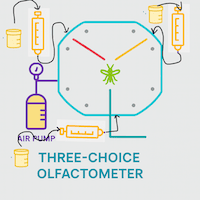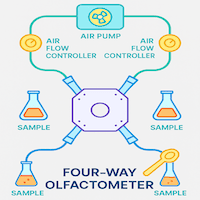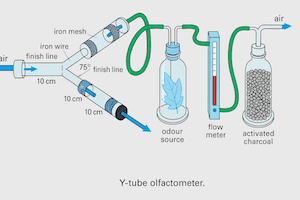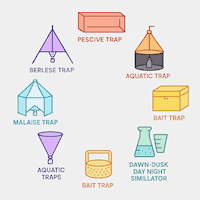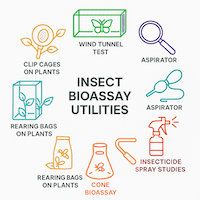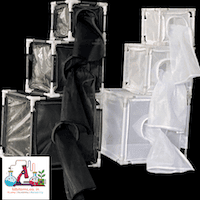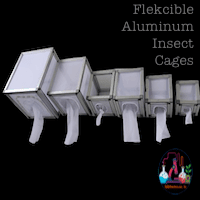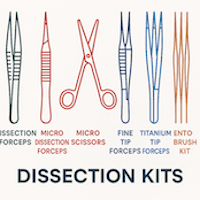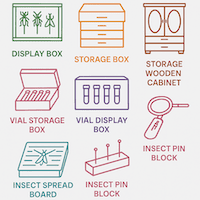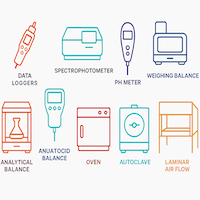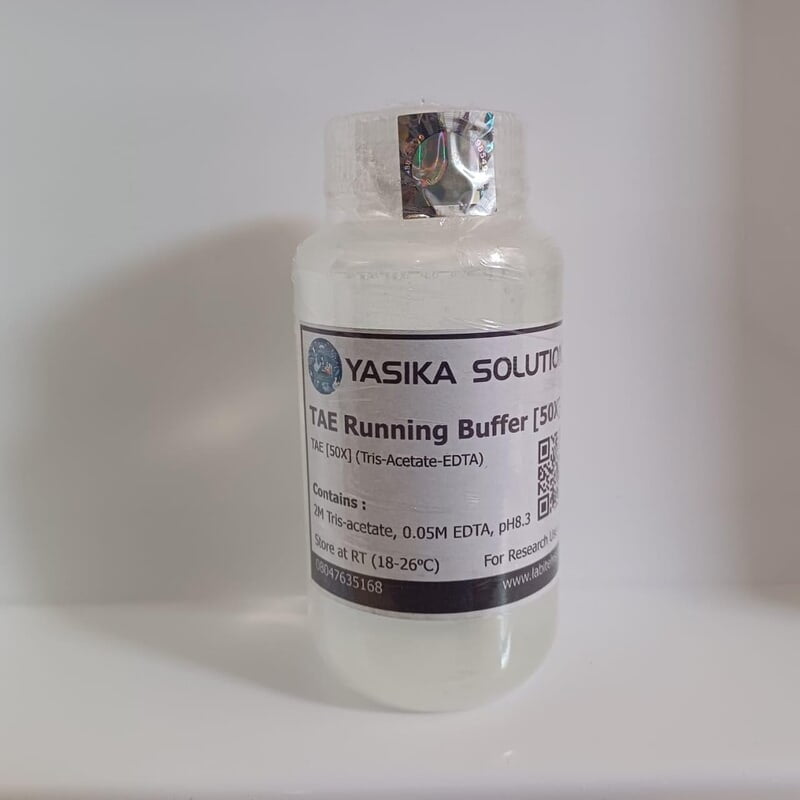
TAE DNA Running Buffer
Customize
TAE buffer (Tris-Acetate-EDTA) and TBE buffer (Tris-Borate-EDTA) are both widely used in molecular biology for DNA and RNA isolation, but they have distinct characteristics that make them suitable for different applications.
TAE buffer has a lower ionic strength compared to TBE, which makes it ideal for separating larger DNA fragments. It generates less heat during electrophoresis, reducing the risk of DNA denaturation, making it preferable for long-run electrophoresis where sample integrity is critical. TAE is particularly useful when high-molecular-weight DNA is needed for subsequent applications like cloning, sequencing, or restriction enzyme digestion.
TBE buffer, on the other hand, offers higher ionic strength and buffering capacity, making it better suited for shorter, faster runs where sharper DNA bands are required. It’s typically used for separating smaller DNA fragments and for applications where high resolution is necessary. TBE’s strong buffering capacity also makes it more resistant to pH changes, ensuring consistent results in experiments that require precise conditions.
TAE is preferred for isolating larger DNA fragments and in situations where minimizing heat generation is important, while TBE is favored for obtaining sharper bands and when working with smaller DNA fragments. Researchers choose between TAE and TBE based on the specific needs of their experiments and the desired outcome.


